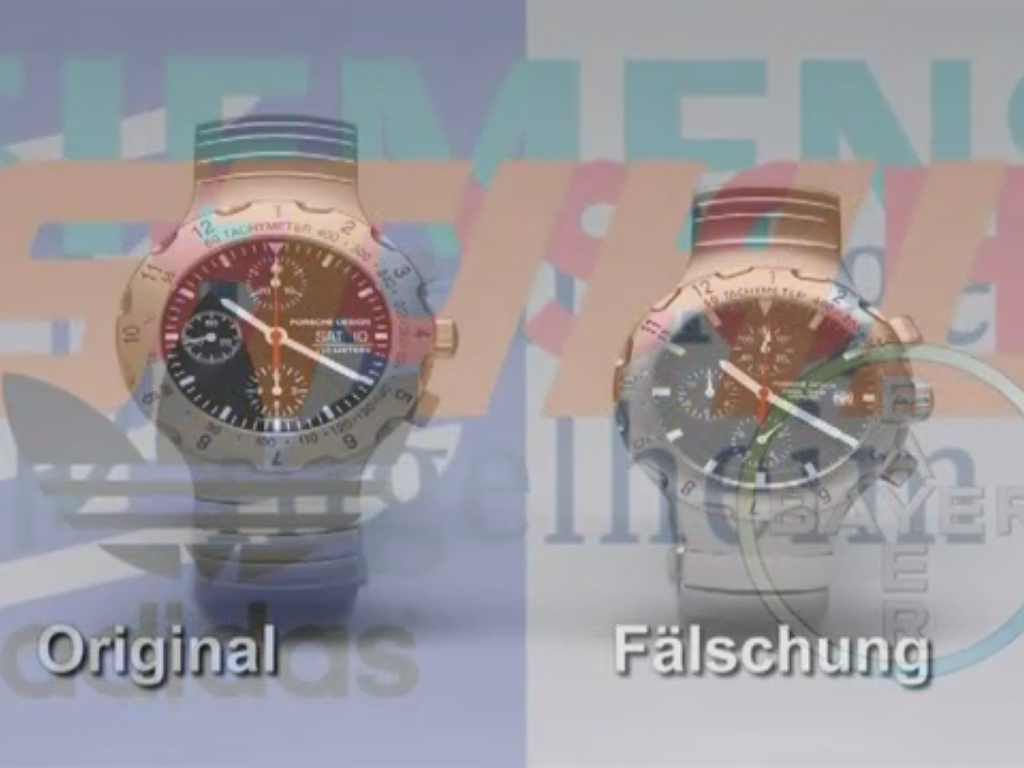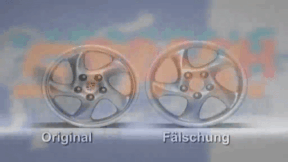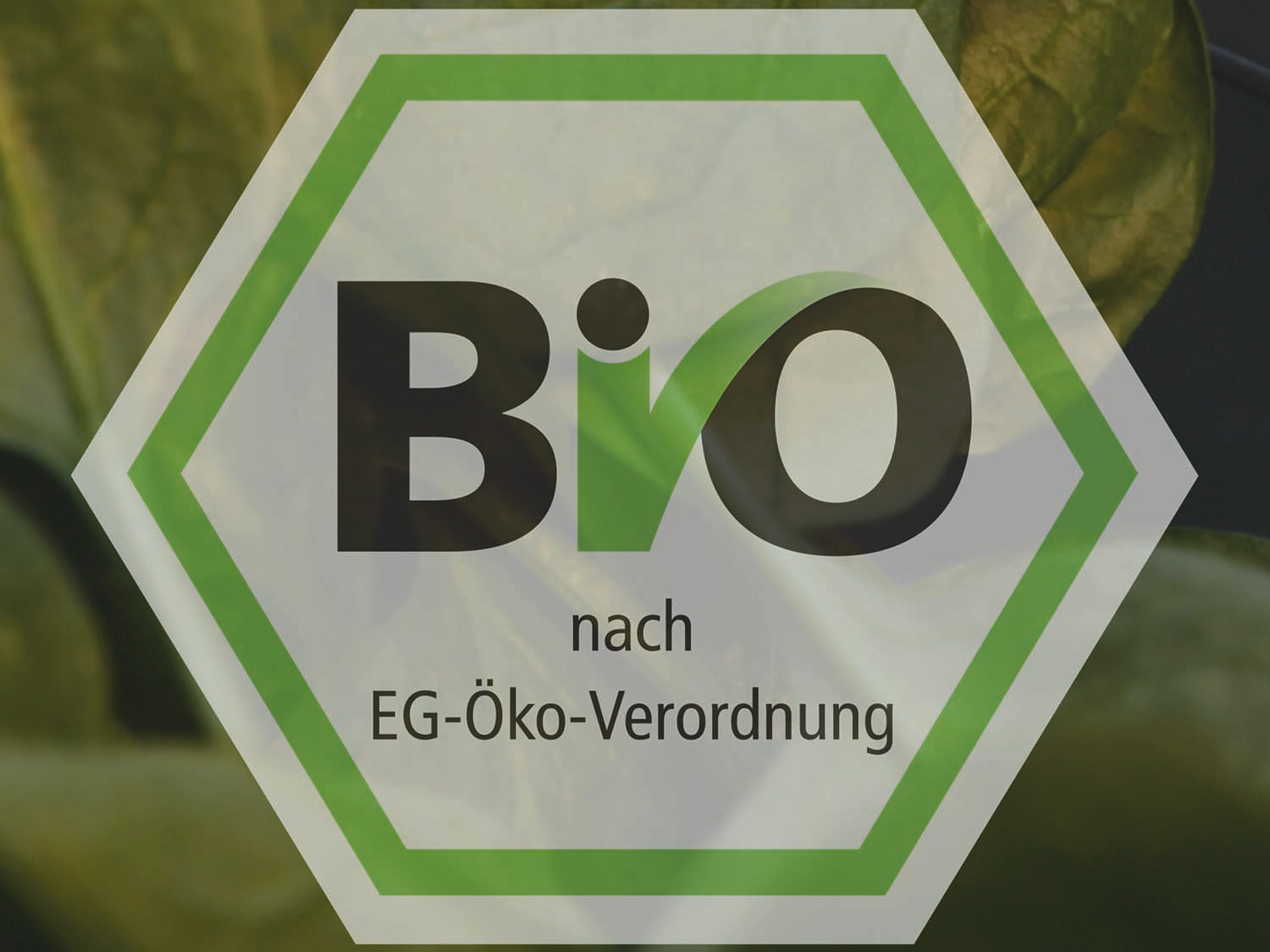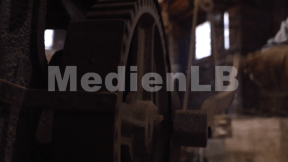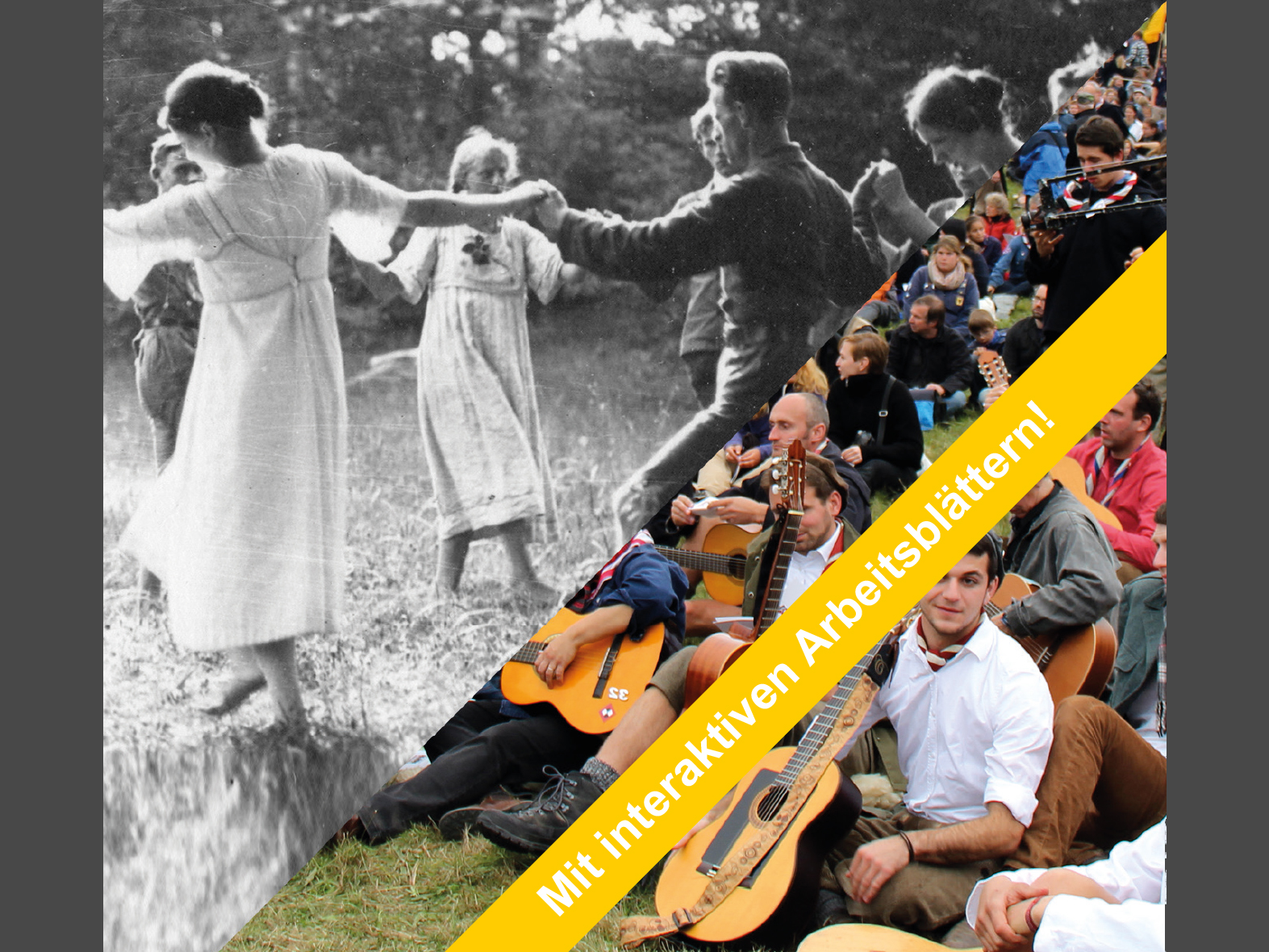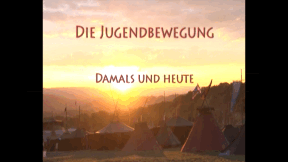 Biology
Biology

46502147 / 55501772
Stimme
Anatomische Voraussetzungen, Erhalt
Sie ist ein Teil unserer Persönlichkeit. Wir brauchen sie, um mit anderen zu kommunizieren. Wenn wir sie nicht schonen, lässt sie uns im Stich. Die Rede ist von unserer Stimme. Sehr anschaulich und klar strukturiert erklärt der Film die anatomischen Voraussetzungen und zeigt, wie ein Ton entsteht, welchen Einfluss die Anatomie, aber auch die Kultur auf die Tonhöhe hat und die Entwicklung der Sprache. Zusätzlich gibt der Film Beispiele für Fehlfunktionen der Stimme. Zum Schluss werden die Schüler darauf aufmerksam gemacht, wie sie ihre Stimme schonen können. In Verbindung mit dem umfangreichen Zusatzmaterial (Arbeitsblätter, interaktive Aufgaben) lässt sich das vorliegende Medium hervorragend im Unterricht verwenden. Die interaktiven Aufgaben, das Glossar und die Testfragen wurden mit H5P erstellt und können ohne weitere Software verwendet werden.
Play trailer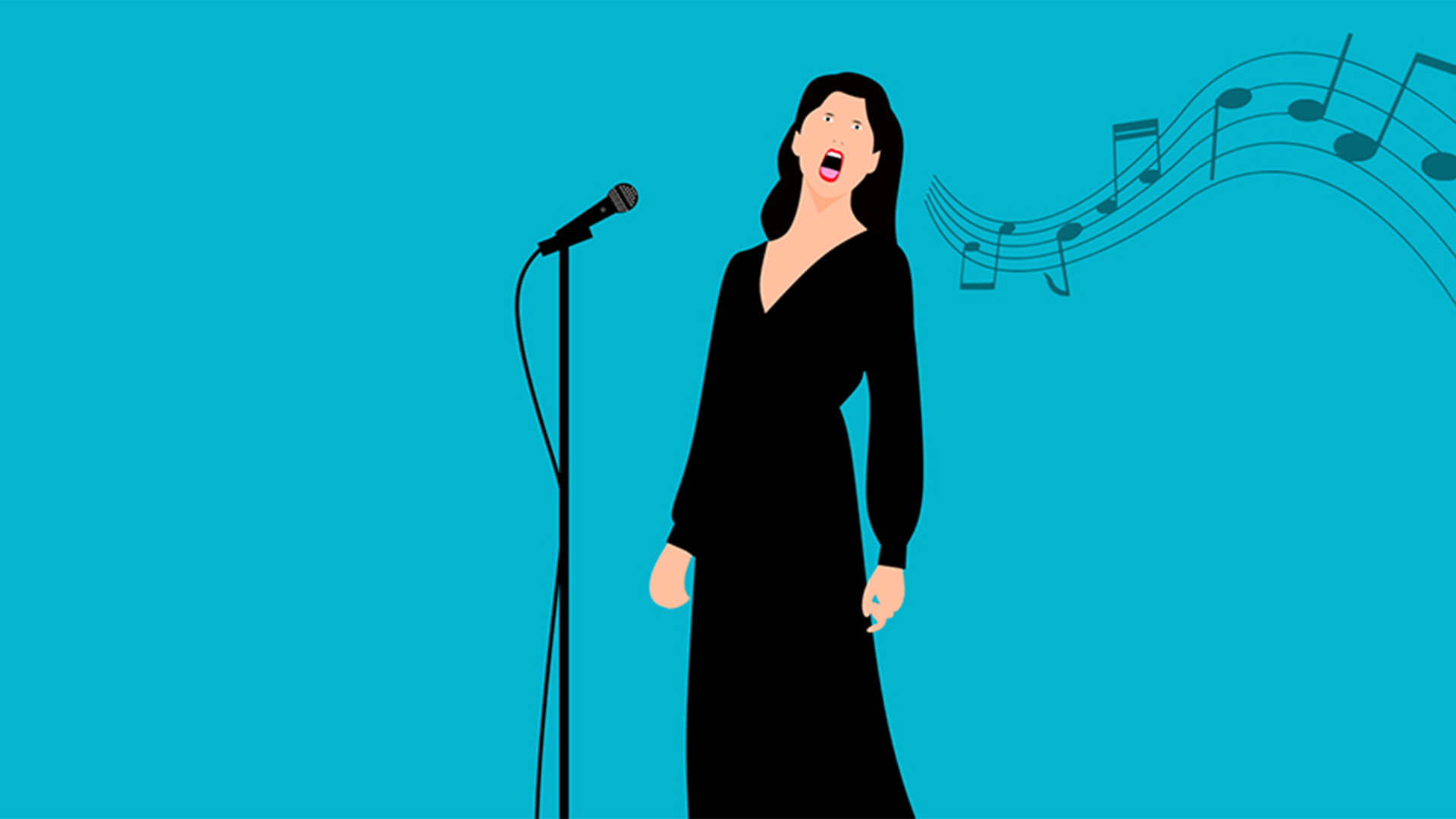
Curriculum-centred and oriented towards educational standards
Matching
Product Piracy
Counterfeiting takes place in almost all economic sectors – textiles, watches, car parts, machine parts, tools, accessories, software and medicines. Some counterfeits are easy to recognise, others are so well-executed that even experts have difficulty distinguishing between original and imitation. This DVD covers the development of a product from idea to manufacture. Once a product has become a trademark, product pirates appear on the scene.
Seal of approval
Quality seals such as the "Bio-Siegel", "Blauer Engel", "Stiftung Warentest" and up to 1,000 other seals represent characteristics such as sustainability, health or safety with regard to a product, a service or even a company.
Youth Movement
Dancing until your feet hurt: Here, at the meeting on the Hoher Meissner near Kassel, 3,500 participants from Boy Scout associations, youth and Wandervogel groups from all over the German-speaking region have gathered. They want to celebrate, simply get to know each other and commemorate a historic anniversary.




